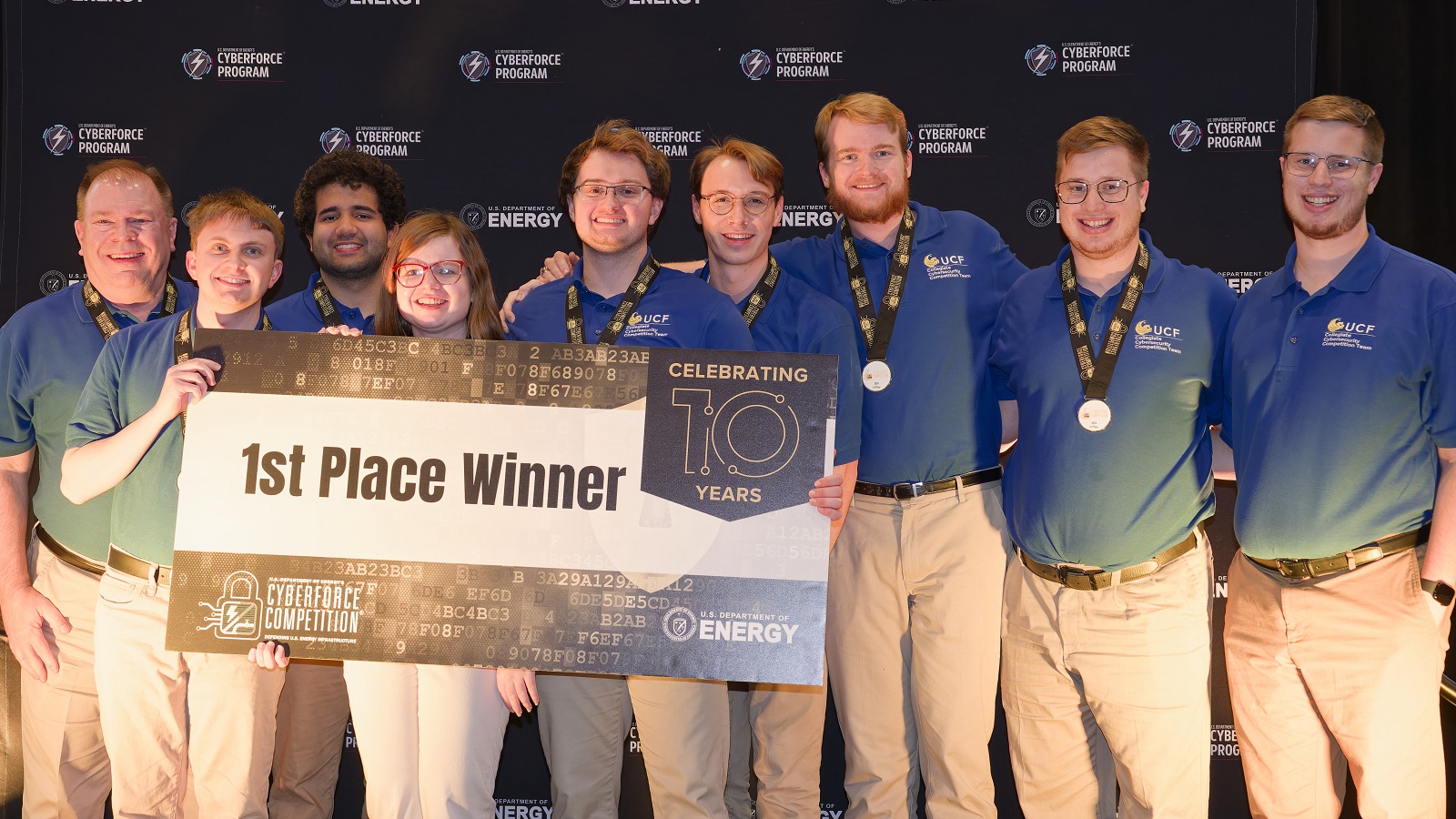GCOOS is the Gulf of Mexico regional component of IOOS and the only certified system dedicated solely to the Gulf. The nonprofit organization housed at Texas A&M University provides on-demand information about the Gulf’s coastal and open-ocean waters that is accurate, reliable and benefits people, ecosystems and the economy. GCOOS is a network of business leaders, marine scientists, resource managers, governmental and non-governmental organizations and other stakeholder groups that combine their data to provide timely information about our oceans.
With members from Texas, Louisiana, Mississippi, Alabama and Florida, the GCOOS observing system provides observations and products needed by users in this region for:
- Ensuring safe and efficient marine operations, including shipping, port safety, and energy production;
- Understanding the effects of storms and man-made disasters, such as oil spills;
- Supporting healthy ecosystems, biodiversity and improving water quality;
- Protecting public health and safety, especially as it relates to harmful algal blooms;
- Monitoring the Gulf for long-term changes and environmental trends.
The total $101.5 million in IRA funding across the 11 Regional Associations through 12 awards is supporting ongoing data collection in U.S. ocean, coastal and Great Lakes waters and the development of infrastructure and tools that help make the data accessible to the public.
Some $5 million in project support will initially come to Gulf of Mexico states via GCOOS, said Executive Director Dr. Jorge Brenner. “The IRA funding will help GCOOS fill observing gaps and expand asset networks across Gulf states to support coastal resilience, including at under-served communities,” he said. “The new support nearly doubles our annual federal funding and will provide much-needed capital to help fulfill our Strategic Plan and GCOOS Build-Out plan goals.”
GCOOS will use the funding to support existing and new projects in and around the Gulf of Mexico, including Texas, Louisiana, Mississippi, Alabama and Florida. The projects will deploy assets that complement and fill observation gaps in existing networks, build new asset networks and enhance regional technical capacity to provide equitable data service delivery to communities to build coastal resilience. These include new observation projects and tools co-developed with frontline and Indigenous communities to measure and equip them with knowledge about surface currents, flooding, harmful algal blooms, rip currents, coral bleaching and other parameters. The five-year projects will also validate offshore data and support the development of multilingual program materials.
Projects and Principal Investigators
Texas
- Dr. Antonietta Quigg, Texas A&M University-Galveston (TAMUG): “Connecting the dots: utilizing data from a benchtop Imaging FlowCytobot (IFCB) to provide information on phytoplankton community dynamics while monitoring for harmful algal bloom species.”
Texas – Louisiana
- Dr. Chris Fuller, RATES Inc.: “Galveston Bay and Sabine Lake High Frequency Radar networks: Operation and maintenance.”
Louisiana
- Dr. Brian Roberts, Louisiana Universities Marine Consortium (LUMCON): “Environmental monitoring network: Providing critical data to the Gulf Coast community.”
Mississippi
- Dr. Stephan Howden, University of Southern Mississippi (USM): “Publicly providing surface currents and waves data from the western Mississippi Sound.”
Alabama
- Dr. Brian Dzwonkowski, Dauphin Island Sea Lab (DISL): “Expanding the availability of real-time wave data to support rip current prediction in the Mississippi Bight.”
Florida
- Dr. Cathrine Hancock, Florida State University (FSU): “Operation and maintenance of a High Frequency Radar station in the Florida Panhandle.”
Offshore
- Dr. Rafael Ramos, Woods Hole Group: “QA/QC and curation of NTL current profile measurements in the Gulf of Mexico.”
- Felimon Gayanilo, Harte Research Institute for Gulf of Mexico Studies, Texas A&M – University Corpus Christi: “BSEE/NTL continuing maintenance and system synchronization with BOEM records.”
- Dr. Michelle Johnston, Flower Garden Banks National Marine Sanctuary, NOAA: “Meeting near-real time data gap needs for the remote Flower Garden Banks National Marine Sanctuary in the Gulf of Mexico.”



